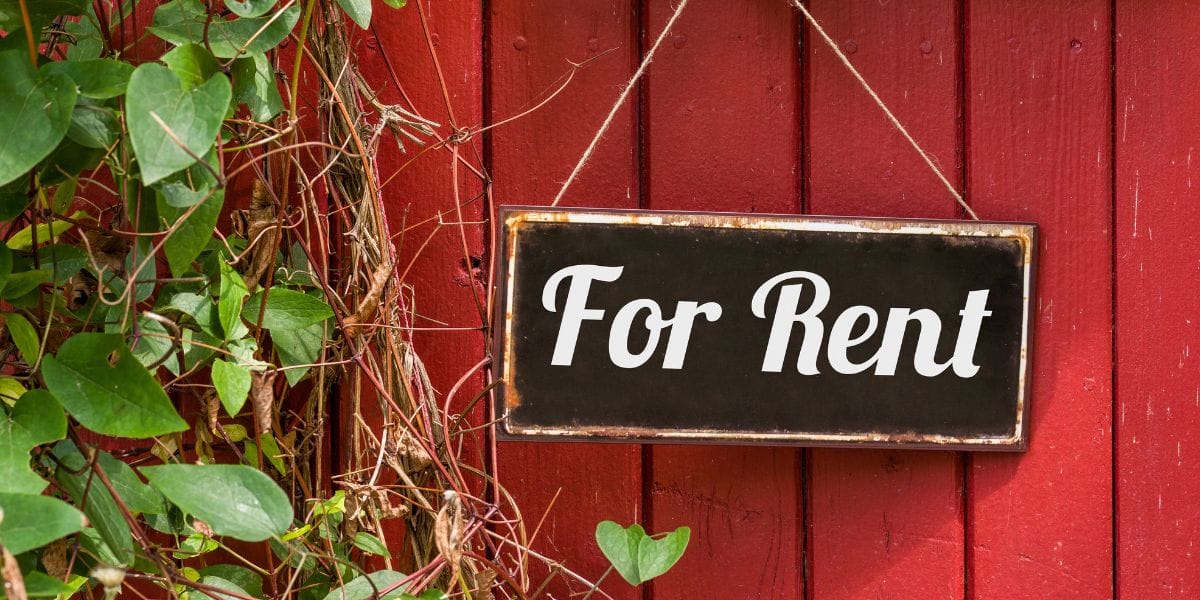Would you like an extra $1,000 in your bank account?
Well, you have two choices: you can find a magic lamp and hope there’s a genie ready to grant you a wish. Or you could stop buying your daily coffee.
Okay, we jest. But there are some sad realities about daily expenses. What seems like a mere $4 purchase can add up to a multi-figure amount over the course of a year. That’s money that could be better spent.
Everyone has their fun habits and treats, and we don’t want to take those away from you.
We just want to let you in on the little expenses that seem innocuous — until they’re not. Read on!
1. In-app purchases
Picture this scene: You’ve boarded the bus for your daily 40-minute commute and the bus has hit traffic. Naturally, you’re playing Candy Crush.
In fact, you’ve played five games already.
But then comes the moment we all dread. Candy Crush has locked your free version of the app for 30 minutes. Unless, of course, you pay $0.99 (or more) to proceed.
You’re still stuck in traffic, so you hit the button and you spend the $0.99.
And that’s how it begins. These little in-app purchases — $0.99 here, $2 there — can quickly add up. We’ve all heard the horror stories. Don’t be next.
2. Takeaway coffee
We won’t begrudge you the need to hit up the nearest café mid-morning, even if it’s just to get away from your desk for five minutes and move your body.
But we might raise an eyebrow at the thought of buying a $4 chai latte every day.
You see, the sums are pretty clear. If you buy a $4 latte every day, that adds up to $20 per week or $1,040 per year just on coffee. Can you really justify that?
That’s essentially $1,000 that you could have saved or invested.
If your office offers free tea and coffee — and most do — you might want to consider whether or not you can go without a café-bought coffee for the sake of your savings.
3. Bank fees
You’re heading to work when you realise you owe a colleague $20, so you run to a nearby ATM. It’s not your bank’s ATM, so you get charged a fee.
You have an old bank account that you don’t use for much. It accrues a $4 monthly fee unless you deposit at least $2,000 per month. Which you don’t.
You need to take out $3,000 in cash, so you head into a bank branch and make what they now call an “assisted withdrawal.” That’ll be $2.50 please.
Do any of these scenarios sounds familiar? Once upon a time, bank fees seemed impossible to avoid. But those days have passed. You no longer have to subject your finances to fees, if you’re smart about who you bank with and how you bank.
Why should you have to pay $2.50 to access your own money, anyway?
4. Movie and TV subscriptions
These days, there is a veritable smorgasbord of options when it comes to streaming services.
You could be signed up to Netflix, Stan, Hayu and Foxtel Go all at once.
But are you actually utilising each and every service, each and every day? Not likely.
If you regularly find yourself flicking between options, you probably aren’t optimising how you spend your money on these services. Instead, perhaps you could think about pausing or suspending a subscription for a couple of months while you catch up on another.
Let’s say you have a Netflix and a Stan subscription. What you would do is cancel Netflix (don’t worry, they’ll keep your account profile and history as long as you log back in within 10 months) while you catch up on your Stan list. After a few months, you could cancel Stan and return to Netflix. By doing this, you’re paying one fee and giving 100% of your time to one service, instead of paying two fees and giving 50% of your time to two services.
5. Rideshares
Rideshare services such as Uber have made it super easy for us to get from A to B without breaking the bank. Or have they?
When faced with the choice to walk for, say, 15 to 20 minutes to meet friends for dinner or jump in an Uber for $8 (or so), which do you choose? No judgement.
If your answer is Uber (or similar), we suggest you take a quick look at your history.
How much are you spending on Uber each month? Year?
These little fees quickly add up. We know they save time and seem like a throwaway expense, but think about how good you’d feel if you had that money in a savings account instead? (Plus, think about how many healthy steps you can get if you walk?)
6. Interest charges
If you use your credit card regularly, beware of interest charges.
Most credit card issuers in Australia will give you a grace or interest-free period of 55 days. This figure is the maximum number of days you won’t be charged interest. However, you may have less time depending on when you make your purchase within the statement cycle.
Each statement period will typically run for 30 days. If your interest-free period is 55 days, you’ll then have 25 days from when the statement period finishes to when your payment is due.
Again, depending on when you make your purchase within the statement cycle, this means your actual interest-free period will lie somewhere between 25 and 55 days.
If you make a purchase within this period, but pay off your balance by the due date, you won’t be charged any interest on your purchase and you can get on your merry way.
However, if you only pay the minimum payment or you miss your due date, your grace period will lapse, and you’ll start accruing interest charges on your purchase.
Interest charges are not worth it! If you can, avoid them at all costs — especially because the charges usually compound daily, which means your charges balloon daily.



